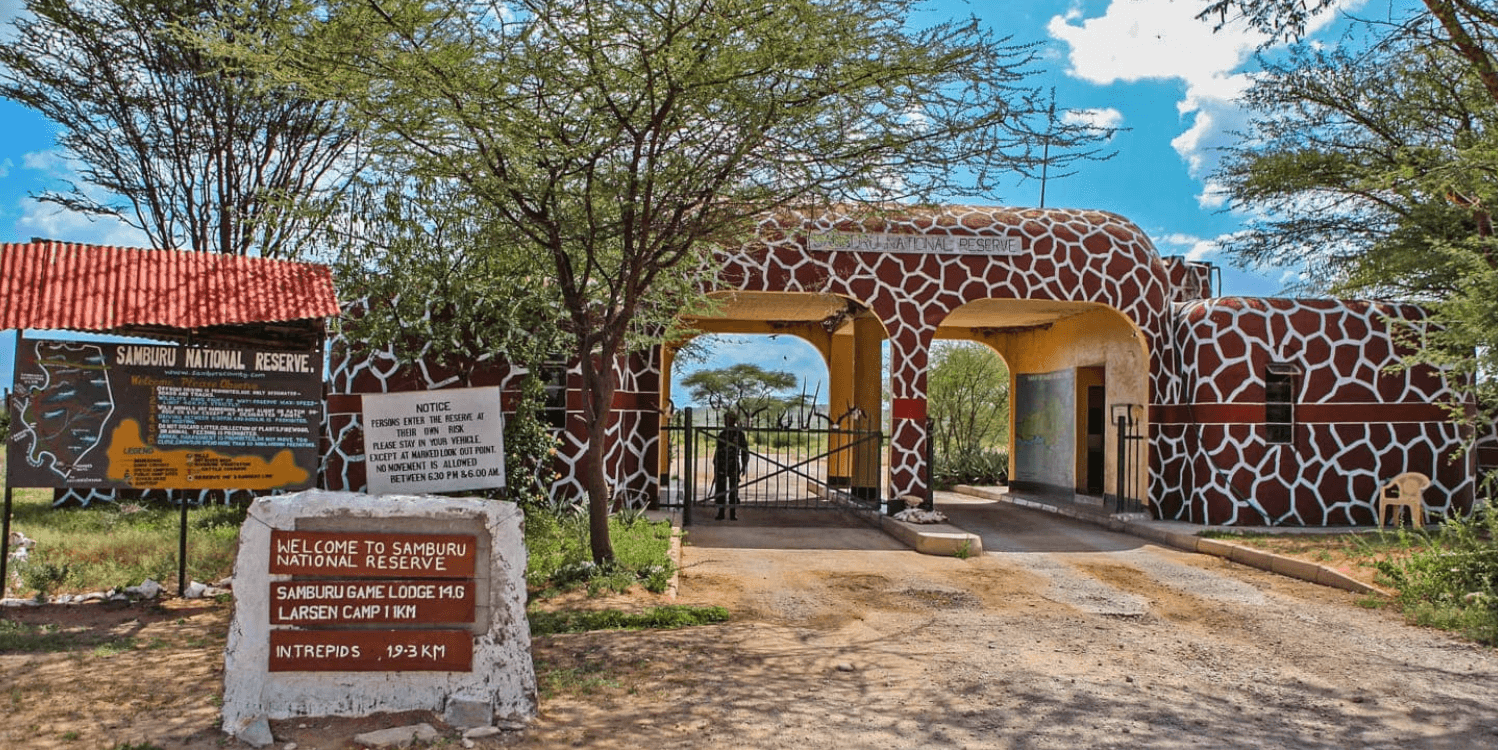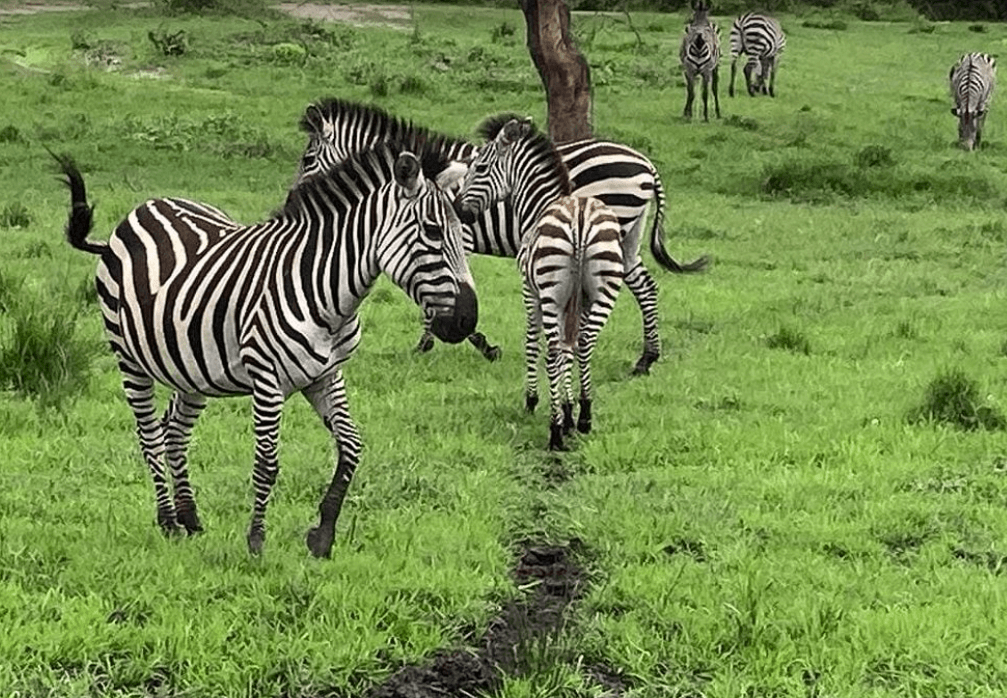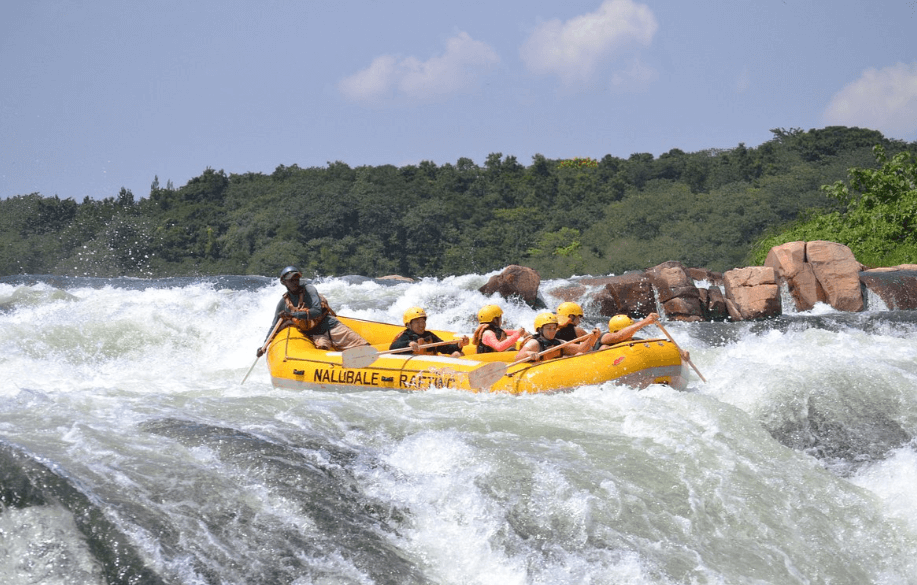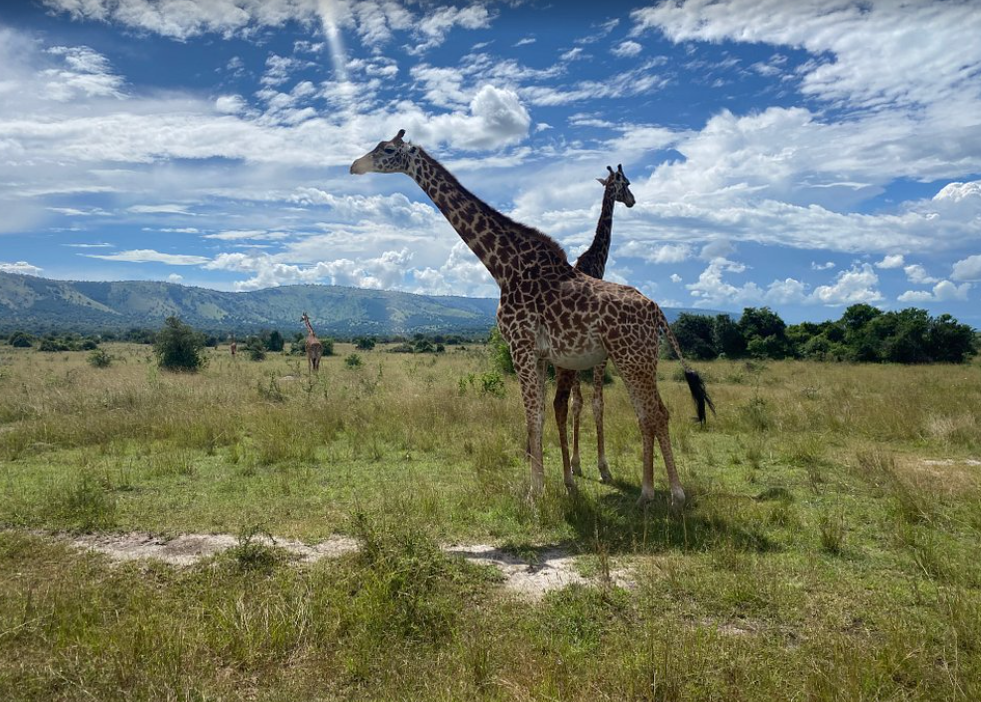Wildlife Viewing Safaris
Wildlife viewing safaris offer an unparalleled opportunity to experience the incredible biodiversity of East Africa. These safaris provide a chance to see a wide variety of animals in their natural habitats, including the famous “Big Five”: lions, elephants, leopards, rhinos, and buffaloes. East Africa’s national parks and reserves are world-renowned for their wildlife and stunning landscapes.
Best Places for Wildlife Viewing Safaris in East Africa
Uganda
Uganda, known as the “Pearl of Africa,” offers diverse wildlife viewing opportunities across several national parks.
Murchison Falls National Park
Murchison Falls National Park is Uganda’s largest national park. It is known for its powerful waterfalls and abundant wildlife, including elephants, giraffes, and crocodiles.
Queen Elizabeth National Park
Queen Elizabeth National Park is famous for its diverse ecosystems, from savannas to wetlands. Visitors can see lions, hippos, and a variety of bird species.
Kidepo Valley National Park
Kidepo Valley National Park is remote and less visited, offering a pristine wildlife experience. It is home to zebras, cheetahs, and ostriches.
Bwindi Impenetrable National Park
While primarily known for gorilla trekking, Bwindi also offers opportunities to see forest elephants, monkeys, and diverse birdlife.
Lake Mburo National Park
Lake Mburo National Park offers a unique wildlife viewing experience in Uganda. The park is known for its diverse habitats, including wetlands, acacia woodlands, and savannah, providing home to zebras, antelopes, and diverse bird species.
Semliki National Park
Semuliki National Park, located in Uganda, is renowned for its rich biodiversity and unique hot springs. The park features tropical rainforests, diverse wildlife, and over 400 bird species, making it a paradise for nature enthusiasts.
Rwanda
Rwanda, known as the “Land of a Thousand Hills,” provides excellent wildlife viewing in its national parks.
Akagera National Park
Akagera National Park features savannah landscapes and is home to elephants, lions, and hippos. The park also offers boat safaris on Lake Ihema.
Volcanoes National Park
Volcanoes National Park is famous for mountain gorillas but also offers sightings of golden monkeys and various bird species.
Kenya
Kenya is a classic safari destination with numerous renowned national parks and reserves.
Maasai Mara National Reserve
Maasai Mara is perhaps the most famous wildlife reserve in Africa, known for the Great Migration and the Big Five.
Amboseli National Park
Amboseli National Park is known for its large herds of elephants and stunning views of Mount Kilimanjaro.
Tsavo National Park
Tsavo National Park is one of the largest parks in Kenya, split into Tsavo East and Tsavo West. It is home to diverse wildlife, including lions and elephants.
Tanzania
Tanzania offers some of the most iconic wildlife experiences in East Africa.
Serengeti National Park
Serengeti National Park is famous for the Great Migration, where millions of wildebeest and zebras traverse the plains.
Ngorongoro Crater
Ngorongoro Crater is a unique caldera teeming with wildlife, including rhinos, lions, and flamingos.
Tarangire National Park
Tarangire National Park is known for its large elephant herds and ancient baobab trees.
Entrance Fees
Uganda
- Murchison Falls National Park: $45 for foreign non-residents, $40 for foreign residents, and UGX 20,000 for East African citizens.
- Queen Elizabeth National Park: $40 for foreign non-residents, $30 for foreign residents, and UGX 20,000 for East African citizens.
- Kidepo Valley National Park: $40 for foreign non-residents, $30 for foreign residents, and UGX 20,000 for East African citizens.
- Bwindi Impenetrable National Park: $40 for foreign non-residents, $30 for foreign residents, and UGX 20,000 for East African citizens.
Rwanda
- Akagera National Park: $50 for foreign non-residents, $40 for foreign residents, and RWF 5,000 for Rwandan citizens.
- Volcanoes National Park: $75 for foreign non-residents, $65 for foreign residents, and RWF 5,000 for Rwandan citizens.
Kenya
- Maasai Mara National Reserve: $70 for foreign non-residents, $60 for foreign residents, and KSH 1,200 for Kenyan citizens.
- Amboseli National Park: $60 for foreign non-residents, $50 for foreign residents, and KSH 800 for Kenyan citizens.
- Tsavo National Park: $50 for foreign non-residents, $40 for foreign residents, and KSH 500 for Kenyan citizens.
Tanzania
- Serengeti National Park: $60 for foreign non-residents, $50 for foreign residents, and TSH 10,000 for Tanzanian citizens.
- Ngorongoro Crater: $70 for foreign non-residents, $60 for foreign residents, and TSH 15,000 for Tanzanian citizens.
- Tarangire National Park: $45 for foreign non-residents, $35 for foreign residents, and TSH 10,000 for Tanzanian citizens.
Wildlife Viewing Safari Activities
Game Drives
Game drives are the most common safari activity. Early morning and late afternoon drives are the best times to see wildlife. Experienced guides lead these drives, helping visitors spot animals and providing insights into their behavior.
Walking Safaris
Walking safaris offer a more intimate experience with nature. Accompanied by armed rangers, visitors can explore the bush on foot, learning about smaller animals, plants, and tracking techniques.
Boat Safaris
In parks like Murchison Falls and Akagera, boat safaris provide a different perspective. Visitors can see hippos, crocodiles, and birds up close, and sometimes spot other animals coming to the water to drink.
Hot Air Balloon Safaris
Hot air balloon safaris offer a unique aerial view of the landscapes and wildlife below. This activity is particularly popular in the Serengeti and Maasai Mara during the Great Migration.
Night Safaris
Night safaris allow visitors to see nocturnal animals such as leopards, hyenas, and bush babies. These safaris offer a different experience compared to daytime activities.
Frequently Asked Questions
What should I wear on a wildlife safari?
Wear neutral-colored clothing to blend in with the surroundings. Lightweight, long-sleeved shirts, long trousers, and sturdy shoes are recommended. Don’t forget a hat, sunglasses, and sunscreen.
Is it safe to go on a safari?
Yes, safaris are safe when you follow the guidelines provided by your guides. Always stay inside the vehicle during game drives and follow the instructions given by your guides and rangers.
What should I bring on a safari?
Bring binoculars, a camera with a zoom lens, insect repellent, sunscreen, and a reusable water bottle. A light jacket or fleece is useful for early morning and evening game drives.
How can I book a safari?
You can book a safari through tour operators, travel agencies, or directly with lodges and camps. It’s advisable to book in advance, especially during peak seasons.
When is the best time to go on a safari?
The best time for wildlife viewing safaris is during the dry seasons. In East Africa, this is typically from June to October and December to March. These months offer better wildlife sightings as animals gather around water sources.
Can I go on a self-drive safari?
Yes, self-drive safaris are possible in some parks, but it’s recommended to have a 4×4 vehicle and be familiar with the area. Guided safaris are generally more informative and safer.
What is the difference between a national park and a game reserve?
National parks are protected areas managed by the government, focusing on conservation and public enjoyment. Game reserves can be managed by private entities or communities and may have different rules regarding activities like hunting.
Are there accommodations within the parks?
Yes, there are various accommodations ranging from budget campsites to luxury lodges within and near the parks. It’s important to book in advance, especially during peak seasons.
Do I need vaccinations for a safari in East Africa?
Yes, some vaccinations are recommended, such as yellow fever, typhoid, and hepatitis A. It’s also advisable to take malaria prophylaxis. Consult with a healthcare provider before traveling.
Can children go on a safari?
Yes, children can go on safaris, but some activities have age restrictions. Check with the tour operator or lodge for specific guidelines.
Wildlife viewing safaris in East Africa: offer an unforgettable adventure, providing a chance to see a diverse range of animals in their natural habitats. From the vast plains of the Serengeti to the lush forests of Bwindi, each destination offers unique experiences. With proper planning and preparation, you can enjoy a safe and enriching safari that will leave you with lasting memories of Africa’s incredible wildlife. Plan your trip today and embark on a journey that will bring you closer to nature than ever before.






